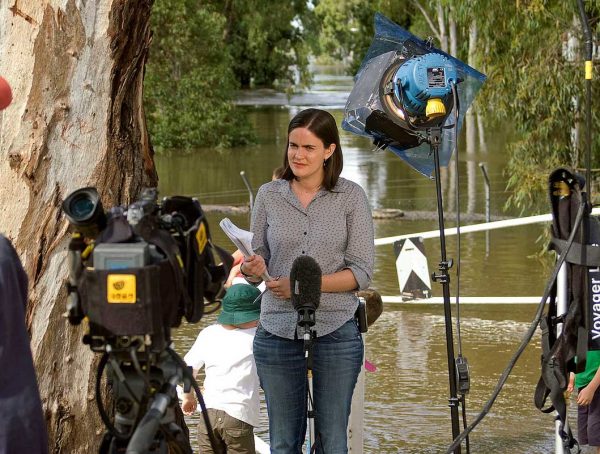Veteran journalist Paul Davis was born with “great pipes,” as the saying goes, but he doesn’t think you have to be naturally gifted to succeed in broadcast news. The truth is that anyone can improve their on-air delivery with instruction and practice. Try some of Paul’s recommendations to improve yours.
» Speak to people on the air as if you were sitting in the same room with them.
» Never read “words.” Communicate “thoughts” and phrases. For example, a name and a title are not a series of words but a single thought. So are a noun and a verb. Don’t pause between them.
» Always speak in the lower half of your normal voice range, especially when using emphasis or inflection. But don’t try to lower your voice artificially.
» Most sentences have two main parts. Except in rare instances, choose only ONE word for emphasis in each part of the sentence. The rest of your phrasing should follow normal speech patterns, with the “sound” of each part of the sentence going “downhill.”
» Control those spikes! Use emphasis/inflection to show contrast and importance, but don’t overdo it. Try other variations of speech to draw attention to key points–pausing, speeding up, or speaking more softly.
» Avoid melodrama. Don’t work your voice too hard to tell the viewer how funny or sad something is. If you have written good words, the viewers can decide that for themselves.
» Trust the words. Rarely use adverbs or adjectives. Don’t ad lib a “very” when “the latest” will do.
» When doing a stand up or live shot outdoors, always speak to the microphone. There is no need to shout at a distant camera. The microphone is still very close to your mouth.
» On camera, communicate with your eyes. Without “life” in your eyes, there is little connection to the viewer.









